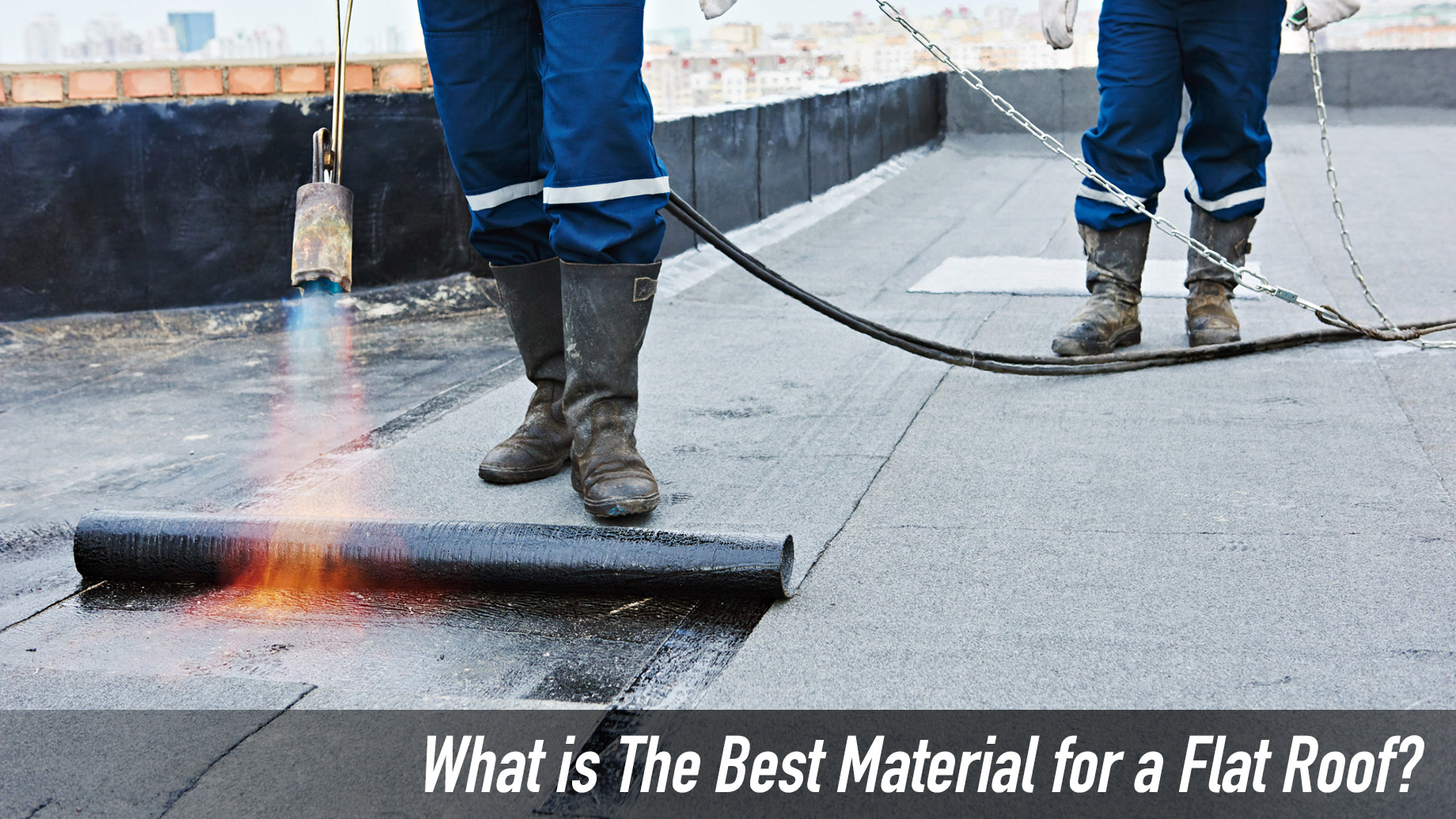
Trying to build a flat roof is far from a simple task. After all, you’re throwing some of the most common roofing materials (like shingles and corrugated metal) out the window before you’ve even begun! But at the same time, a flat roof comes with a heap of benefits from increased weather resistance to the ability to host equipment a ridged roof could not.
So, what materials can you use to get a flat roof, and which one is the proverbial king of the hill?
Well, you’ve come to the right place. We’re here to break down what the best material for a flat roof is! So, without further ado, let’s get started!
Need a Flat Roof? Try Modified Bitumen
First on our list is modified bitumen, which involves using an asphalt base that comes in multiple layers, with each layer getting welded on to the roof. The asphalt then seals up to prevent any holes that stuff like water could get through.
On the plus side, bitumen does have one of the lowest price tags of all the flat roof materials. On the other hand, you sacrifice durability and roof life (bitumen has about a lifespan of 10 years) for this price. That said, maintenance services (like those offered by Lewis Roofing) will help expand your roof’s lifespan.
Stack Up on PVC
If durability means a lot to you, PVC (or polyvinyl chloride) is the way to go, boasting a maximum roof life of about 30 years. This is thanks to the reinforcements it gets during installation, which allows it to resist cracking better than other materials.
To install PVC roofing, the roofer either has to install it in layers and weld them at the edges or place it in one lump product. While the lump product packs some extra wind resistance, the price tag does go up compared to layer-by-layer installation.
Bit by Bit
Another option you have comes with the built-up roof. This roof gets made by laying down special felt and coating it with an asphalt or tar solution. This forms one of the roof’s membranes, after which the process gets repeated several ties to build layers. Gravel is then used to help reflect UV rays from the roof to prevent damage.
This material sits in the middle range of flat roofs when it comes to price. It’s also fairly durable and requires little maintenance to keep healthy. However, it will take a very long time to install.
Durability to the Max
Finally, you have the option of using metal to build your flat roof. While metal is the most durable of all the materials so far and has a lifespan to rival PVC), it’s also very pricy. Another downside is that metal roofs often end up having leaks along the sides, which can allow water to seep into your house.
The Roof of the Century
Congratulations! Now that you know all about which flat roof material is the best for you, you’re ready to get out there and hire someone to build you a roof that exceeds your expectations! And if you want to know more about keeping your home design safe and up-to-date, check out the other articles on our website!